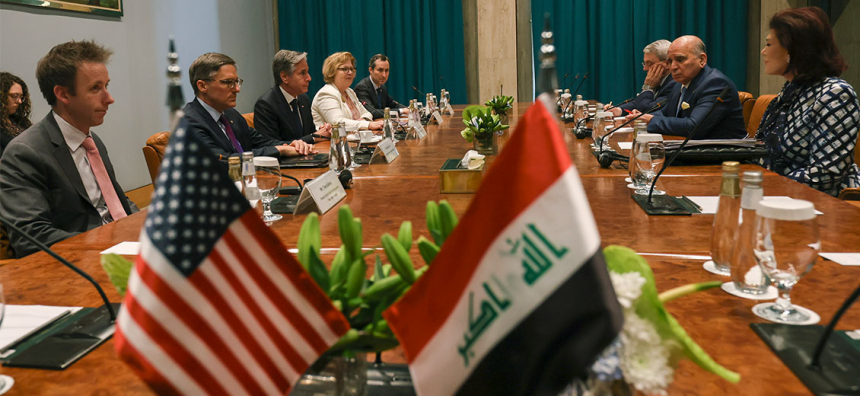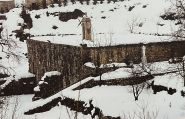
The exhibition “The Earthern Testaments: A Glimpse Into the Material Traces of Diriyah” was inaugurated on February 22, 2024 at the prestigious UNESCO headquarters in Paris. Organized by the Permanent Delegation of the Kingdom of Saudi Arabia to UNESCO and the Diriyah Development Authority, this event is a tribute to the millennial heritage of the city.
Inaugurated by the Ambassador of the Kingdom of Saudi Arabia to France, Fahad bin Maayouf Al-Ruwaily, the exhibition unveils the archaeological treasures and cultural assets of Diriyah, as well as its traditional craftsmanship.
This multidisciplinary incursion invites visitors to navigate the ancient heritage and contemporary works of art by renowned Saudi artists. The exhibition, organized in honor of Foundation Day, offers an opportunity to reinvigorate the history of Diriyah, a symbol of Eastern Saudi heritage. Among the personalities present were many local artists such as Racha Al-Rached, Ali Al-Soumayin and the poet Abdelmohsen bin Abdelrahman bin Khamis.
“The Earthen Testaments: A Glimpse Into the Material Traces of Diriyah” explores the heritage of the historic site of At-Turaif through archaeological fragments, poetry, Arabic calligraphy, archive photographs and films tracing the city’s history. To underscore the connection between these ancient techniques and modern works, the film Nafas al-wadi (The Breath of the Valley), directed by Ali Al-Soumayin, will be screened. Written by the architect Noujoud Al-Anbari, a specialist in building restoration, the feature film illustrates the masons’ work and their mastery of material. After the screening, visitors can discover the oldest map of Diriyah, sketched by French diplomat Joseph Rousseau in 1808. Preserved at the National Library of France (BNF), this document, though imprecise, attests to the historical importance of this jewel. For total immersion, a playful workshop by the artist Omar Abdeljawad allows visitors to form their own balls of sand, clay and mud, thus discovering the first techniques used by Diriyah’s earliest masons. This perspective highlights the practices at the origin of these national archaeological remains.
The “Earthen Testaments” experience tells the interactive and immersive story of the archaeological site of At-Turaif, classified as a UNESCO World Heritage site in 2010 and a true national emblem. It reveals a rich natural and material heritage where verdant nature, with its rivers and palm trees, unfolds in the middle of a completely desert landscape. This symbiosis of elements constitutes the richness of the region that hosted the first Saudi dynasties of Najd. It is in the Ségur hall that the grandeur of Saudi collective heritage, to which Racha Al-Rached notably pays homage with her work revealing the complex links between Man and his environment, “Batn al-Hawi,” is recreated.
This journey through time and the history of Diriyah reveals how Saudi heritage and its exceptional know-how have been shaped from generation to generation. The presence of 13 royal palaces, including that of Al-Salwa, bears witness to the architectural and cultural abundance of Najdi heritage.
The exhibition remains open to the public until February 29, 2024, at the UNESCO headquarters in Paris.
Inaugurated by the Ambassador of the Kingdom of Saudi Arabia to France, Fahad bin Maayouf Al-Ruwaily, the exhibition unveils the archaeological treasures and cultural assets of Diriyah, as well as its traditional craftsmanship.
This multidisciplinary incursion invites visitors to navigate the ancient heritage and contemporary works of art by renowned Saudi artists. The exhibition, organized in honor of Foundation Day, offers an opportunity to reinvigorate the history of Diriyah, a symbol of Eastern Saudi heritage. Among the personalities present were many local artists such as Racha Al-Rached, Ali Al-Soumayin and the poet Abdelmohsen bin Abdelrahman bin Khamis.
“The Earthen Testaments: A Glimpse Into the Material Traces of Diriyah” explores the heritage of the historic site of At-Turaif through archaeological fragments, poetry, Arabic calligraphy, archive photographs and films tracing the city’s history. To underscore the connection between these ancient techniques and modern works, the film Nafas al-wadi (The Breath of the Valley), directed by Ali Al-Soumayin, will be screened. Written by the architect Noujoud Al-Anbari, a specialist in building restoration, the feature film illustrates the masons’ work and their mastery of material. After the screening, visitors can discover the oldest map of Diriyah, sketched by French diplomat Joseph Rousseau in 1808. Preserved at the National Library of France (BNF), this document, though imprecise, attests to the historical importance of this jewel. For total immersion, a playful workshop by the artist Omar Abdeljawad allows visitors to form their own balls of sand, clay and mud, thus discovering the first techniques used by Diriyah’s earliest masons. This perspective highlights the practices at the origin of these national archaeological remains.
The “Earthen Testaments” experience tells the interactive and immersive story of the archaeological site of At-Turaif, classified as a UNESCO World Heritage site in 2010 and a true national emblem. It reveals a rich natural and material heritage where verdant nature, with its rivers and palm trees, unfolds in the middle of a completely desert landscape. This symbiosis of elements constitutes the richness of the region that hosted the first Saudi dynasties of Najd. It is in the Ségur hall that the grandeur of Saudi collective heritage, to which Racha Al-Rached notably pays homage with her work revealing the complex links between Man and his environment, “Batn al-Hawi,” is recreated.
This journey through time and the history of Diriyah reveals how Saudi heritage and its exceptional know-how have been shaped from generation to generation. The presence of 13 royal palaces, including that of Al-Salwa, bears witness to the architectural and cultural abundance of Najdi heritage.
The exhibition remains open to the public until February 29, 2024, at the UNESCO headquarters in Paris.
Read more





Comments